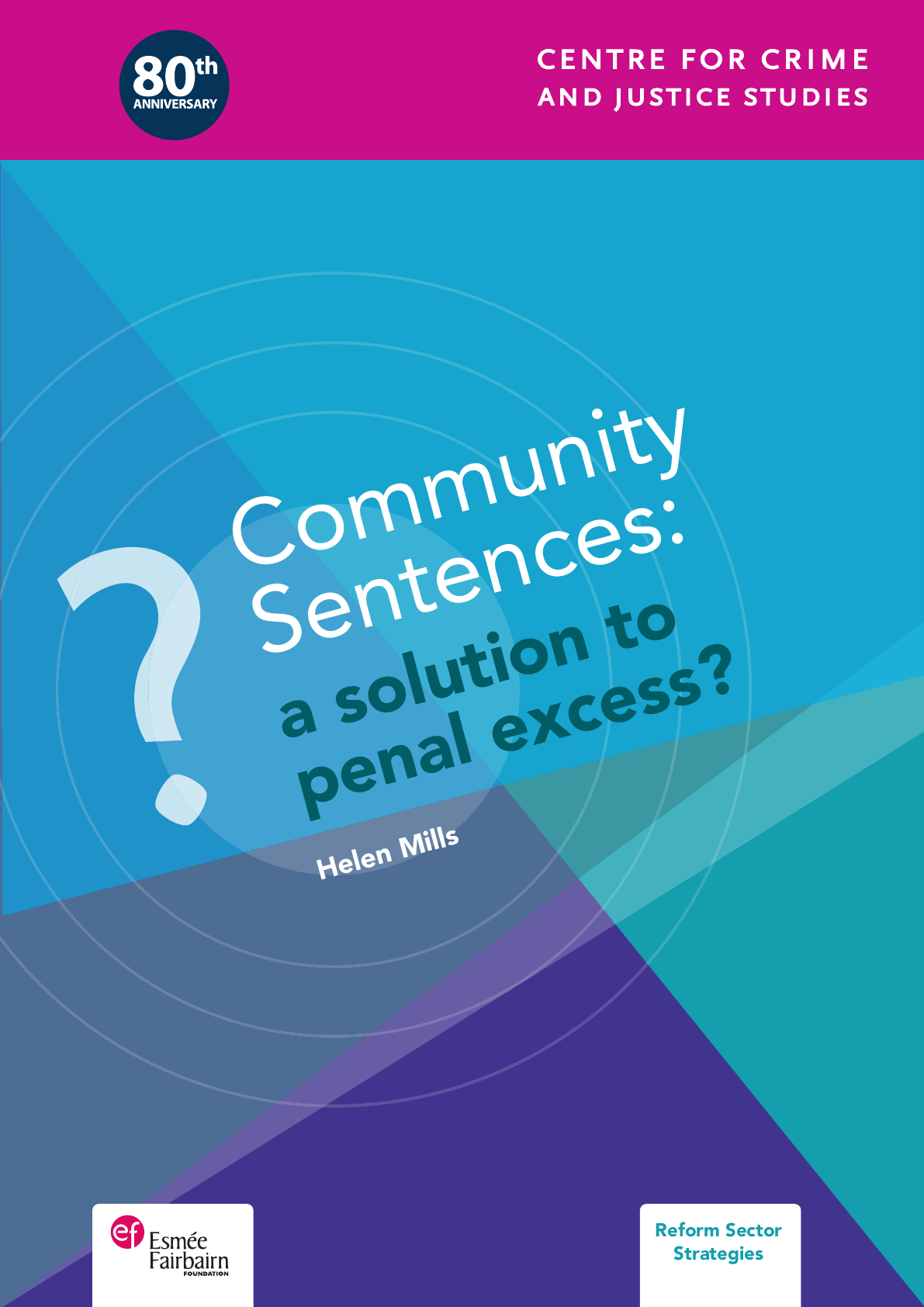As the population in custody in England and Wales hits a record high, a report from the Centre for Crime and Justice Studies questions the role of community sentences in controlling or reducing prison numbers.
Community sentences: a solution to penal excess? argues that there are inherent limits to what community sentences can achieve beyond relatively minor adjustments to the numbers in custody.
The long-term trend in prison numbers has been upwards since the 1940s, with growth accelerating markedly in the 1990s. Successive governments over a number of years have sought to manage prison numbers through the reform and promotion of community sentences. In practice, community sentences have failed to act as a like-for-like replacement for short term prison sentences. The report also finds that the emphasis on tougher community sentences may have contributed to sentencing inflation, with less serious offences being subject to higher tariff sentences compared with a decade ago.
The report follows the publication last week of an inquiry by the Justice Select Committee, which warned of the risk that community sentences were being used in place of lesser sentences, rather than as an alternative to prison.
Among the key facts and figures highlighted in the report are:
- The number of prison sentences handed out between 1998 and 2009 grew by a third.
- The number of community sentences imposed in the same period also grew, by 10 percent.
- Suspended Sentence Orders - a sentence introduced in 2005 and intended to be used in place of a prison sentence - appear to have been used mostly as an alternative to community sentences and fines rather than to prison.
- 2,000 (three percent) fewer short-term prison sentences (under one year) were imposed in 2009 compared with 2004. This might indicate that reforms to community sentences helped to control the predicted growth in short-term prison sentences. However, the scale of increase in short-term prison receptions that preceded these reforms was left unaddressed and remains largely unchanged.
Helen Mills, the report author, said:
Over a number of years the greater use of community sentences has been a preferred strategy of government ministers to control, perhaps reduce, the prison population. This report highlights the limitations of such a strategy. At best community sentences have slowed the growth of short term prison sentences. It seems unlikely that community sentences will, on their own, offer a coherent means of controlling or managing a prison population almost double that of thirty years ago.
